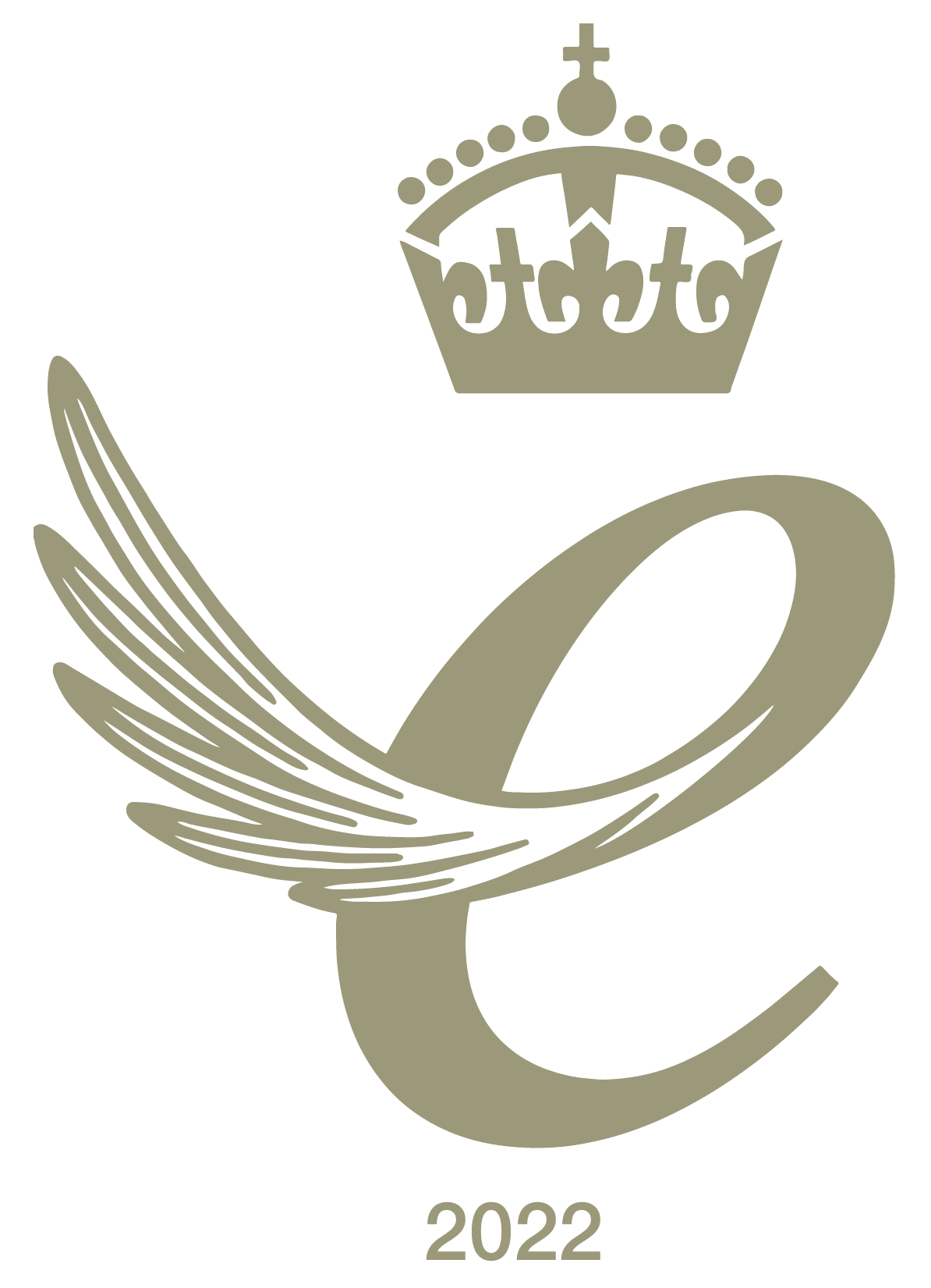
How To Detect Toluene
Formula: C7H8 | CAS: 108-88-3
Protecting both people and the environment whilst meeting the operational needs of your business is paramount and if you have operations in the UK you will be well aware of the requirements of the Control of Substances Hazardous to Health (CoSHH) regulations and likewise the Code of Federal Regulations (CFR) in the US.
Similar legislation exists worldwide, the common theme being an onus on hazard identification, risk assessment and the provision of appropriate control measures.
The Basics of Detecting Toluene
Properties | Structure | Exposure
Toluene can enter surface waters and groundwater (wells) from solvent and petroleum products spills. Toluene can also leak from underground storage tanks at gasoline stations and other facilities. When toluene-containing products are placed in landfills or waste disposal sites, toluene can enter the soil and water near the waste site. It is possible for toluene to be broken down in subsurface (below ground) water primarily by anaerobic microorganisms. Toluene will readily evaporate into the air or be degraded by microorganisms in surface waters. Leaking underground storage tanks can contaminate the soil with toluene and other petroleum-product components. Toluene in surface soils rapidly evaporates into the air. Toluene is readily broken down to other chemicals by microorganisms in the soil.
Exposure to toluene can affect different people in different ways. Whether you are harmed will depend on such factors as the dose (how much), the duration (how long), and how you happen to contact it. Harm might also depend on whether you’ve been exposed to any other chemicals previously.
– ATSDR (Agency for Toxic Substances & Disease Registry)
”Toluene is the common name for methylbenzene, a commercially important intermediate chemical produced throughout the world in enormous quantities. The general population is exposed to toluene mainly through inhalation of vapour in ambient air or from cigarette smoke. Apart from risks associated with occupational exposure, toluene poses special hazards to glue-sniffers, who intentionally abuse solvent mixtures containing this chemical.
The World Health Organisation
Toluene Exposure
When exposed to toluene in the air, it is passes directly into the blood stream via the lungs. Similarly, when products containing toluene are touched or water containing it comes into contact with the skin, it can pass through the skin into the bloodstream. Food or drink that contains toluene, can also be absorbed into the bloodstream from the digestive tract.
Toluene Detection
Rather than having to rely on human senses in a workplace setting, it is advisable to use an appropriate form of quantitative monitoring.
Toluene and the BTEX family have a low IE value as shown 
in the figure to the right, it is often present in a cocktail of other chemicals including aromatics. Using a proprietary 10.0 eV lamp means that a smaller sub set of VOCs with IEs less than 10 can be detected such as the Aromatics, these are commonly known as Total Aromatic Compounds (TAC). It is important that your PID is maintained due to the potential for contamination of the lamp due to dirty, humid environments plus, the PID requires calibration every time it is used using a reference gas.
Download our FREE Guide
“The Basics of Detecting Toluene”
The basics of detecting toluene guide which can be downloaded below provides the reader with an in-depth balance of knowledge covering the main properties, structure and exposures of toluene. Once the reader has finished this guide they will be able to determine the correct solution on how to detect toluene and detecting toluene in the correct manner to avoid toluene health issues.










 United Kingdom
United Kingdom






